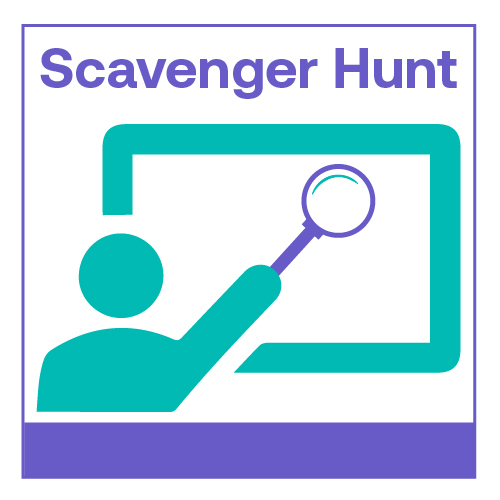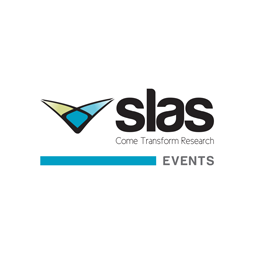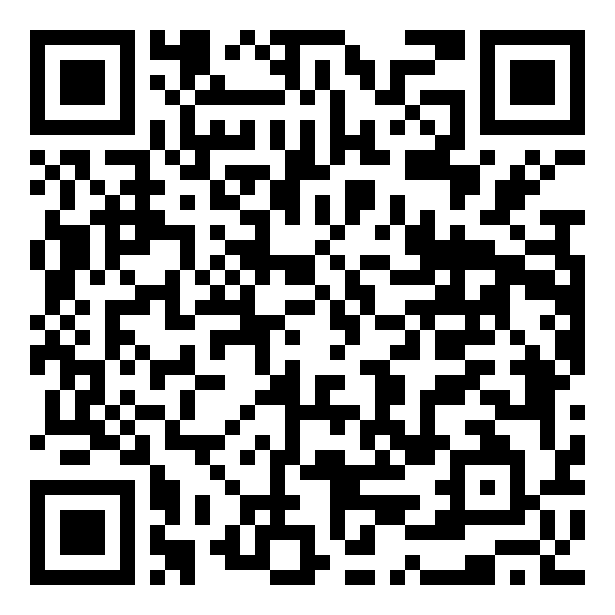Back

 View Leader Board
View Leader Board



Precision Medicine and Diagnostics
Empathetic systems engineering - optimizing from chemistry through sensing to AI-driven insight and back again
- SC
Symon Cotton, Ph.D.
Dr
Cambridge Consultants
CAMBRIDGE, England, United Kingdom
Primary Author - January Poster(s)
Abstract: Diagnostic and Lifescience systems span a wide range of disciplines all with their own complications, cultures, constraints and timelines. Typically, diagnostic system development begins with the assay chemistry followed by a dedicated sensor and reader and a diagnostic algorithm. Increasingly large amounts of data are generated with the interpretation being performed by an AI/ ML system. The teams developing each step may never have met and may have little training in, or indeed empathy with, each other's needs and constraints. Given this it is perhaps not surprising that the assay chemist gives little thought to complications they may be adding to the AI or that by identifying the data-rich components within the signal the AI expert could help the sensor developer simplify their design. To address this, life-science systems require optimizing across the entire chain from chemistry to data interpretation.
Cambridge Consultants have developed a number of systems recently that take advantage of this interplay of sensing and processing. Specifically adjusting assays to reduce the measurement complexity of a sensor and conversely relaxing the performance requirements of an assay, allowing it to be manufactured at lower cost, by increasing the sensing performance. At the data interpretation stage fundamentally understanding the areas within a complex signal that contribute to a positive measurement have allowed us to simplify both the sensing component and the assay requirements.
As an example we developed PureSentry an AI / ML imaging system which provides near real-time, closed loop monitoring of microbial contamination within cell therapy manufacture. A high purity is required from such systems and current analytical methods are applied at the end of the manufacturing process. Our device watches a cell culture 24 hours a day, 7 days a week, using a novel event-based camera. Any contamination is identified in real time to allow immediate action to be taken.
The system uses AI algorithms tuned to work with a high-speed event-based sensor to allow examination of every cell providing previously unattainable levels of contaminant detection. The AI uses cell morphology and is quick to train and adapt to new contaminants and cell lines. By supplying near real-time information PureSentry both increases yield and allows a relaxation of a number of production requirements. By continuously monitoring output the specification of process steps can be relaxed - if no impact on yield is detected - resulting in a lower cost / more deployable system. Throughout the development, the AI/ML, instrumentation and underlying cell structure requirements were continuously optimized resulting in a highly efficient and low-cost solution.
Such embracing of a full systems approach is vital in the further democratization of complex genomic medicine and associated therapeutic treatments. Moving away from a mindset of measuring as much information as possible with its associated sensing and analysis loadings will help the adoption of such techniques and their uptake in clinical settings.
Cambridge Consultants have developed a number of systems recently that take advantage of this interplay of sensing and processing. Specifically adjusting assays to reduce the measurement complexity of a sensor and conversely relaxing the performance requirements of an assay, allowing it to be manufactured at lower cost, by increasing the sensing performance. At the data interpretation stage fundamentally understanding the areas within a complex signal that contribute to a positive measurement have allowed us to simplify both the sensing component and the assay requirements.
As an example we developed PureSentry an AI / ML imaging system which provides near real-time, closed loop monitoring of microbial contamination within cell therapy manufacture. A high purity is required from such systems and current analytical methods are applied at the end of the manufacturing process. Our device watches a cell culture 24 hours a day, 7 days a week, using a novel event-based camera. Any contamination is identified in real time to allow immediate action to be taken.
The system uses AI algorithms tuned to work with a high-speed event-based sensor to allow examination of every cell providing previously unattainable levels of contaminant detection. The AI uses cell morphology and is quick to train and adapt to new contaminants and cell lines. By supplying near real-time information PureSentry both increases yield and allows a relaxation of a number of production requirements. By continuously monitoring output the specification of process steps can be relaxed - if no impact on yield is detected - resulting in a lower cost / more deployable system. Throughout the development, the AI/ML, instrumentation and underlying cell structure requirements were continuously optimized resulting in a highly efficient and low-cost solution.
Such embracing of a full systems approach is vital in the further democratization of complex genomic medicine and associated therapeutic treatments. Moving away from a mindset of measuring as much information as possible with its associated sensing and analysis loadings will help the adoption of such techniques and their uptake in clinical settings.
 View Leader Board
View Leader Board
Your Points: 0
Scan and Win! Complete as many scavenger hunt questions as possible. You will find scavenger hunt QR Codes to scan on participating posters. Each participating poster in the exhibit hall will have a QR code next to it. For virtual participants, look for the scavenger hunt icon for participating posters.
SLAS Events

Instructions
Each poster participating in the scavenger hunt will have a SCAVENGER HUNT QR code. When that QR code is scanned using the SLAS2022 app, question about the poster will appear. You must answer the question correctly to collect points. BE SURE TO EXPLORE THE POSTER BEFORE SCANNING THE CODE! SLAS will award three prizes to the participants with the most points.
1st Prize - Comp Reg + Hotel/Airfare to SLAS2023 in San Diego
2nd Prize - $50 Starbucks Gift Card
3Rd Prize - $25 AMEX Gift Card
Keep an eye on the leader boards to see who’s at the TOP. Winners will be announced after SLAS2022.
Each participating poster in the exhibit hall will have a QR code next to it. For virtual participants, look for the scavenger hunt icon for participating posters.
1st Prize - Comp Reg + Hotel/Airfare to SLAS2023 in San Diego
2nd Prize - $50 Starbucks Gift Card
3Rd Prize - $25 AMEX Gift Card
Keep an eye on the leader boards to see who’s at the TOP. Winners will be announced after SLAS2022.
Each participating poster in the exhibit hall will have a QR code next to it. For virtual participants, look for the scavenger hunt icon for participating posters.
